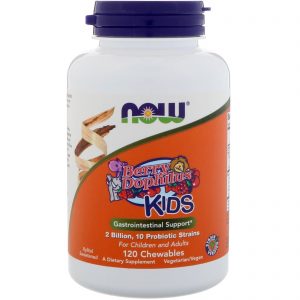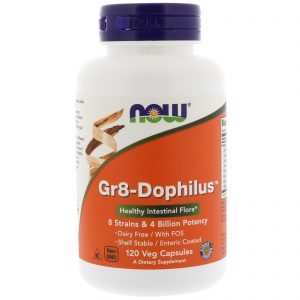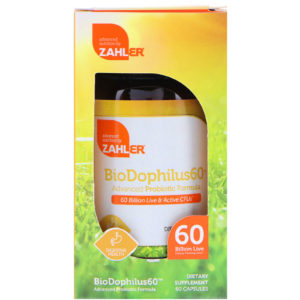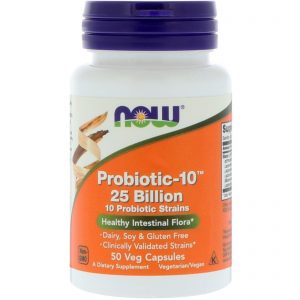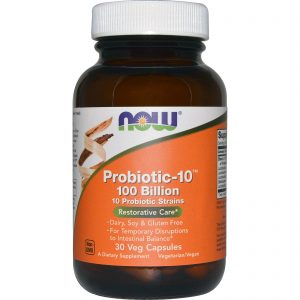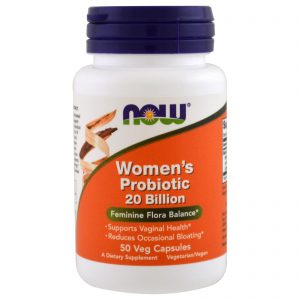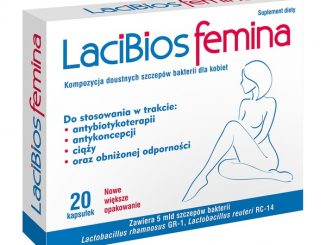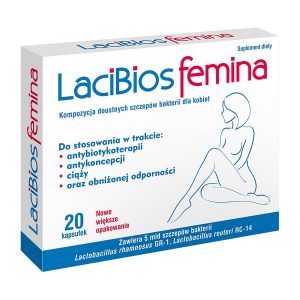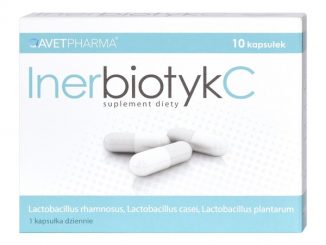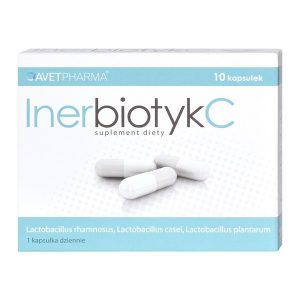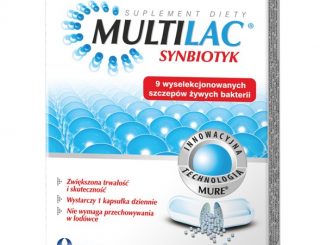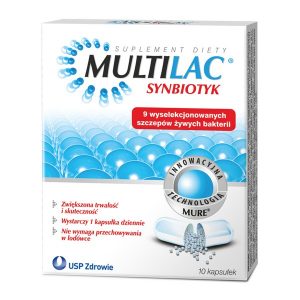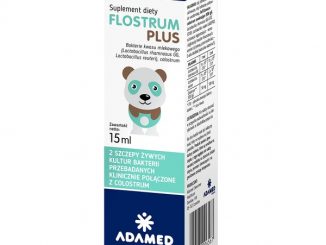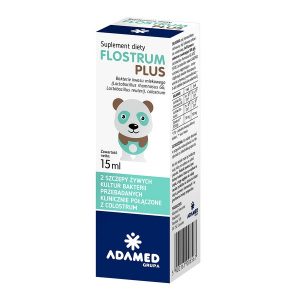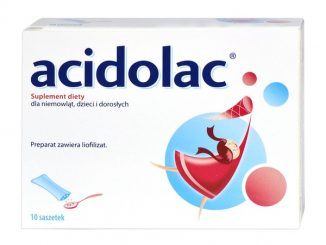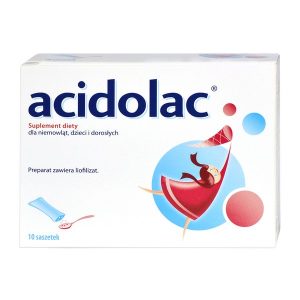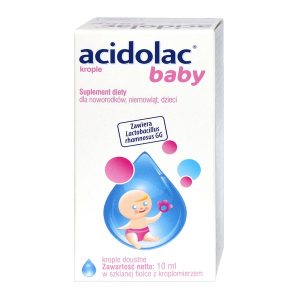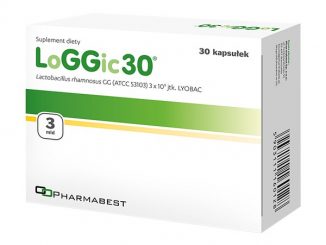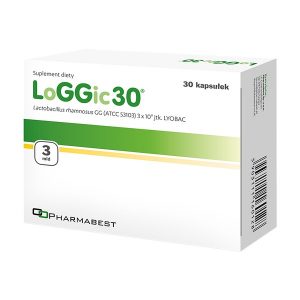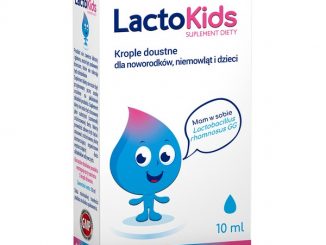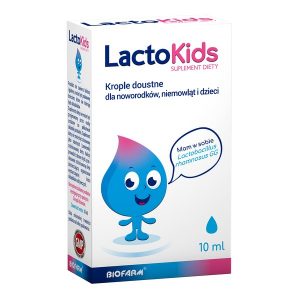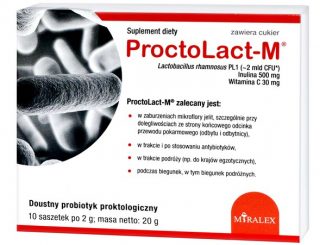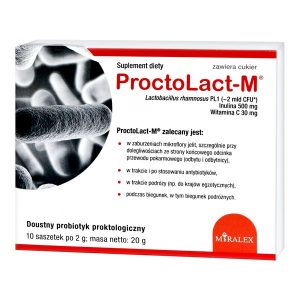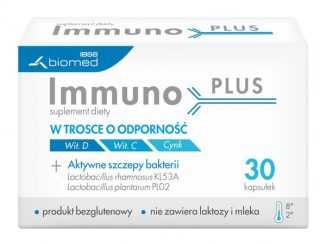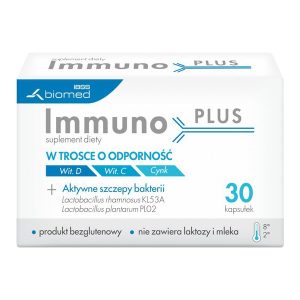The properties of Lactobacillus Rhamnosus
Lactobacillus Rhamnosus (Lactobacillus GG) is a bacterium that originally was considered to be a subspecies of Lactobacillus Casei, but genetic research found it to be a species of its own. It is a short Gram-positive heterofermentative facultative anaerobic non-spore-forming rod that often appears in chains. Some strains of Lactobacillus Rhamnosus bacteria are being used as probiotics, and are particularly useful in treating female-related infections, most particularly very difficult to treat cases of bacterial vaginosis (or “BV”). The Lactobacillus Rhamnosus and Lactobacillus Reuteri species are most commonly found in the healthy female genito-urinary tract and are most helpful to supplement in order to regain control over dysbiotic bacterial overgrowth during an active infection. Lactobacillus Rhamnosus sometimes is used in yogurt and dairy products such as fermented and unpasteurized milk and semi-hard cheese. While frequently considered a beneficial organism, Lactobacillus Rhamnosus may not be as beneficial to certain subsets of the population; in rare circumstances, especially those primarily involving weakened immune system or infants, it may cause endocarditis.
While Lactobacillus Rhamnosus GG (ATCC 53103) is able to survive the acid and bile of the stomach and intestine, is claimed to colonize the digestive tract, and to balance intestinal microflora, evidence suggests that Lactobacillus rhamnosus is likely a transient inhabitant, and not autochthonous. Regardless, it is considered a probiotic useful for the treatment of various maladies, as it works on many levels. Lactobacillus Rhamnosus GG binds to the gut mucosa.































































